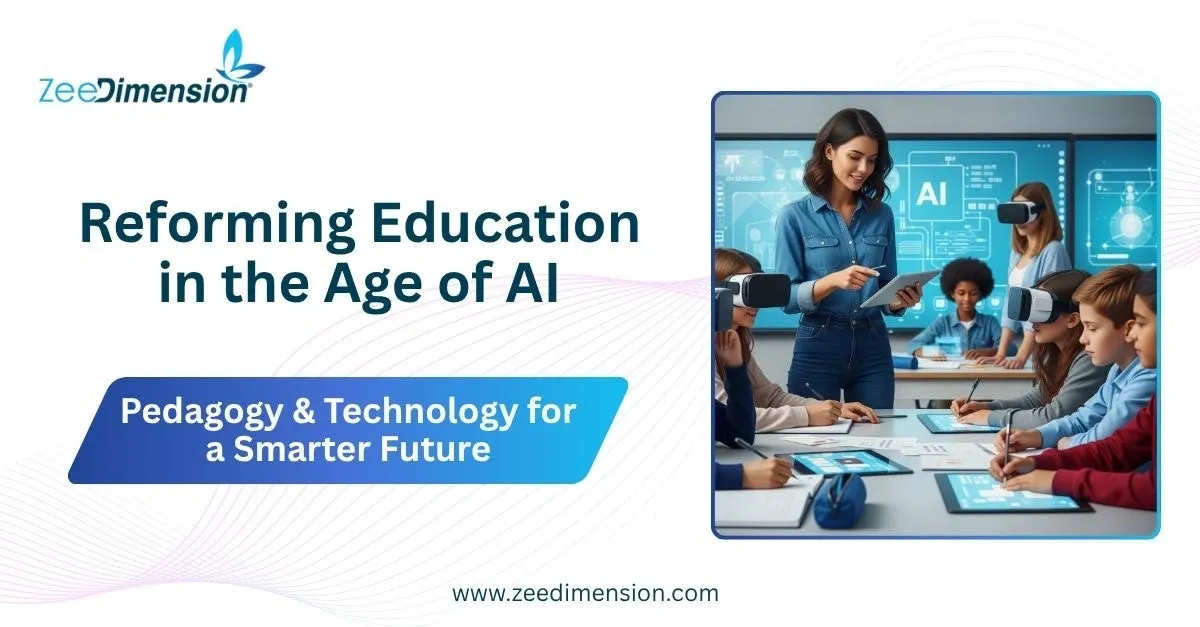
Pedagogy & Technology for a Smarter Future
The Big Question
Why should I learn this if AI can do it faster?
This isn’t just a student question.
It’s a career question.
It’s a curriculum question.
It’s an integrity question.
The Call for Change
AI is not just a tool—
it’s a turning point.
Education must now shift from
delivering knowledge ➤ developing thinking.
Reform #1 – From Output to Insight
Shift from transactional to transformational learning
Don’t just write to inform—write to understand.
Example:
Instead of summarizing history,
students reflect on how historical events shape their own worldview.
Reform #2 – Assess What Matters
Redefine assessment for authentic understanding
Assess thinking, not just answers.
Example:
In ethics class, students use AI to model outcomes—
but defend their decisions using critical reasoning.
Reform #3 – Update What We Teach
Revise the curriculum for the age of AI
Tech changes fast. Learning goals should too.
Example:
Teach students how to use AI to code websites—
then focus on performance, ethics, and accessibility.
Reform #4 – Close the Equity Gap
Ensure equal access to AI tools & literacy
Without access, innovation widens inequality.
Example:
Offer AI toolkits and training to all students,
regardless of income or background.
Reform #5 – Redefine Academic Integrity
Focus on honesty, not just anti-cheating
Ask how students used AI—not just if.
Example:
Require an “AI Use Statement” in submissions.
Let students reflect on their learning process.
From Information to Meaning
AI can generate text.
But only humans can generate meaning.
Education should build that power.
-
Reflection
-
Judgment
-
Ethics
-
Adaptability
Let’s Teach for the Future
To prepare learners for what’s next:
-
Build curiosity
-
Teach responsible AI use
-
Focus on depth, not speed
-
Design for equity
Final Message
AI won’t replace teachers.
But teachers who use AI well will redefine education.
Let’s lead the change—ethically, creatively, and boldly.







